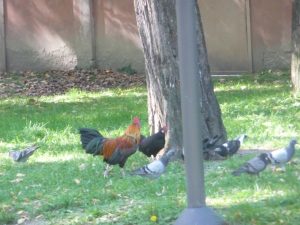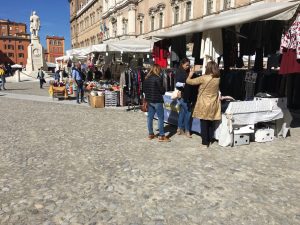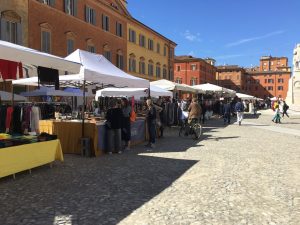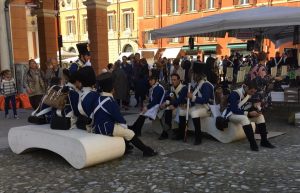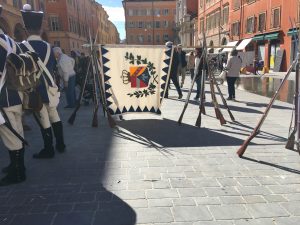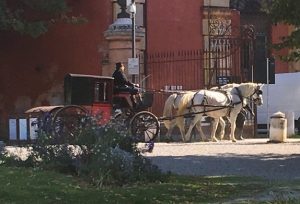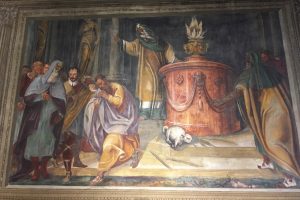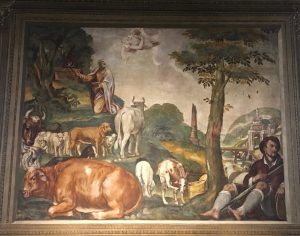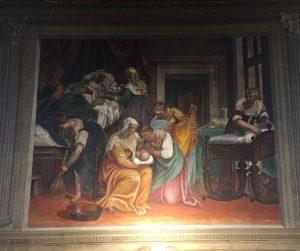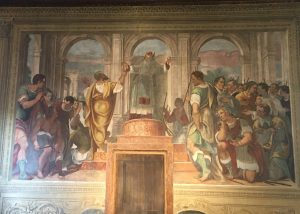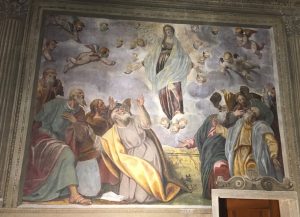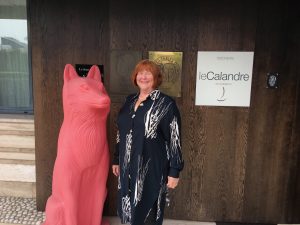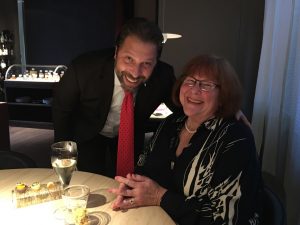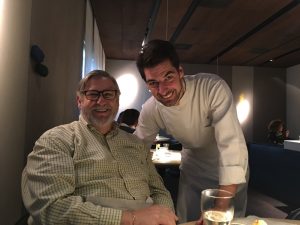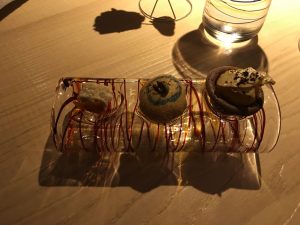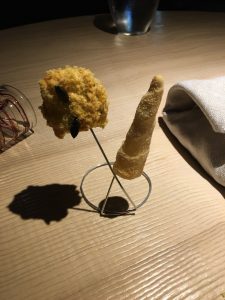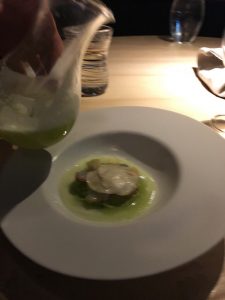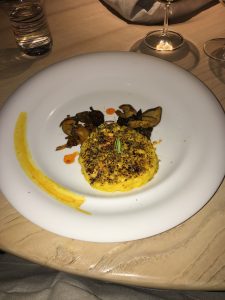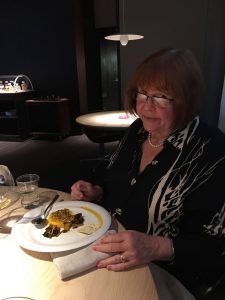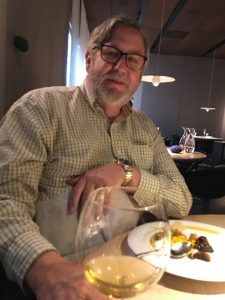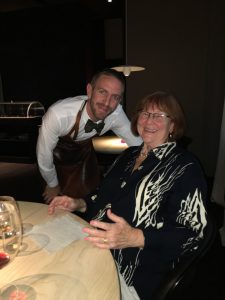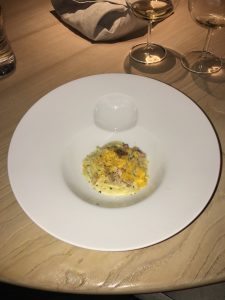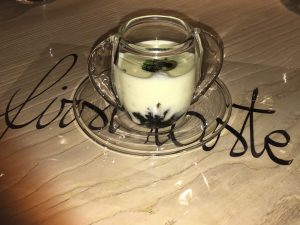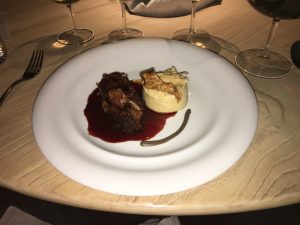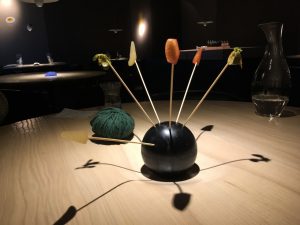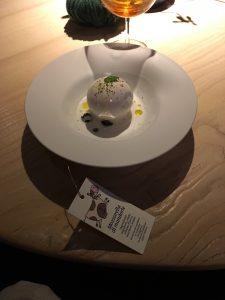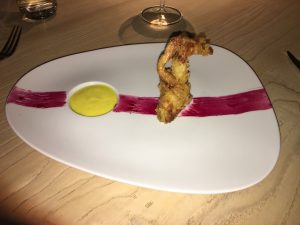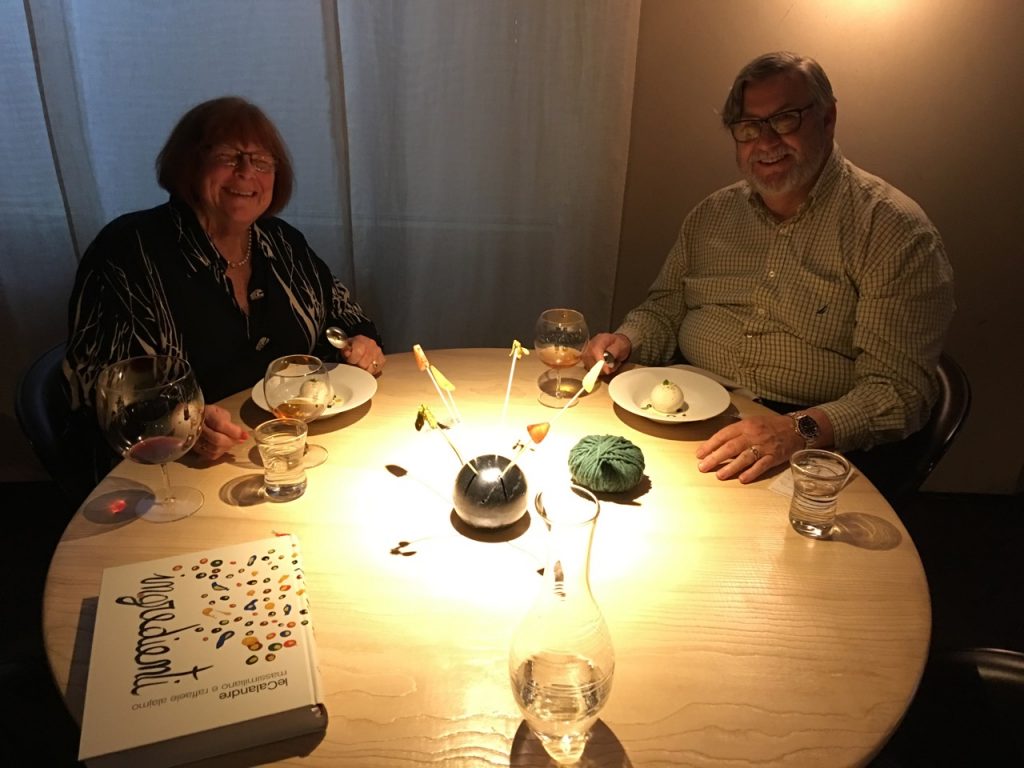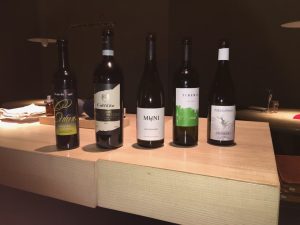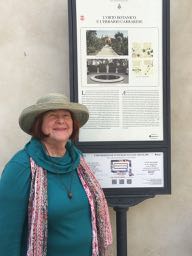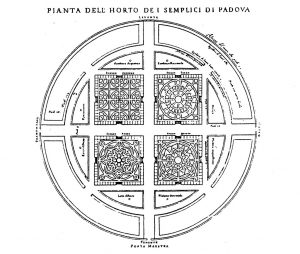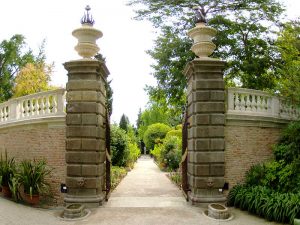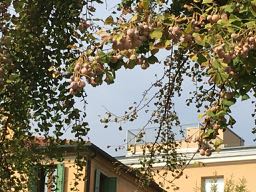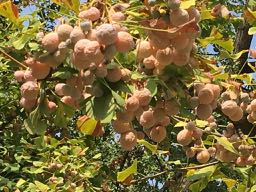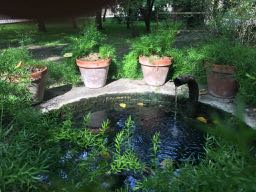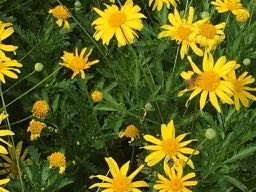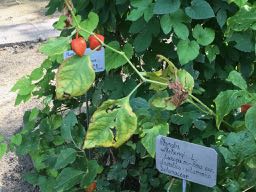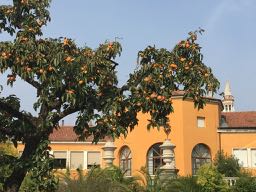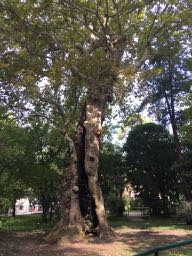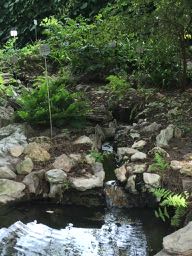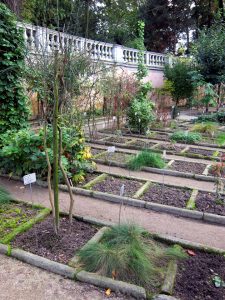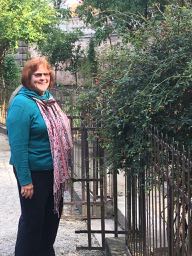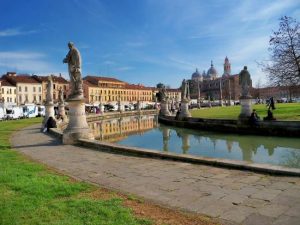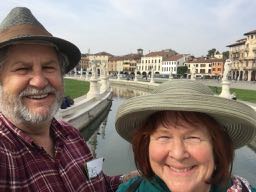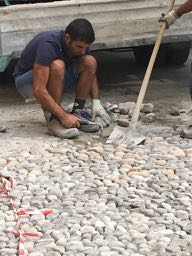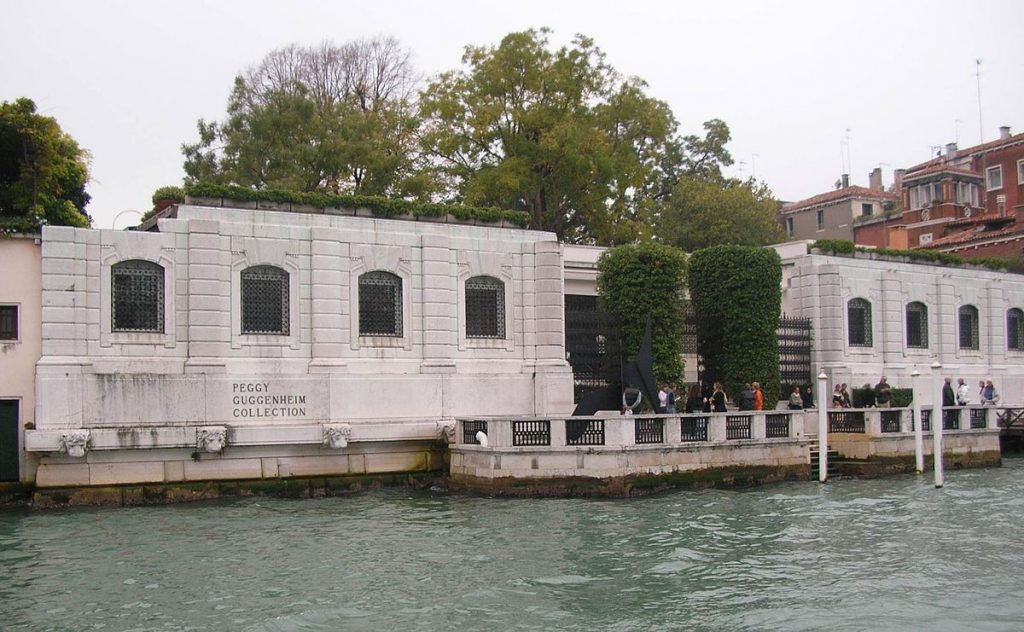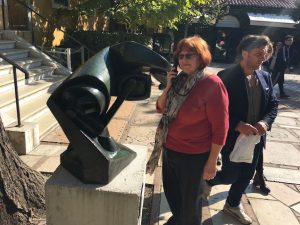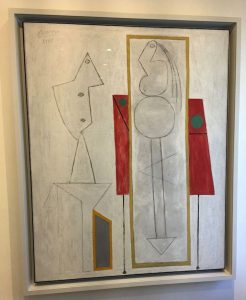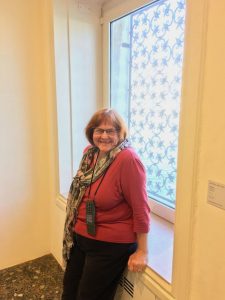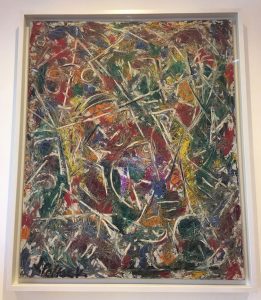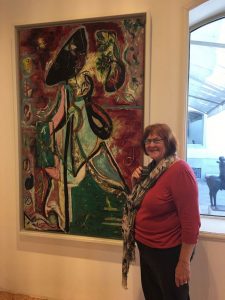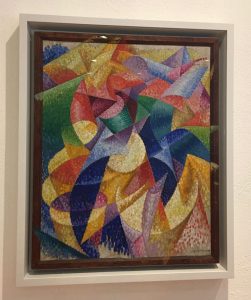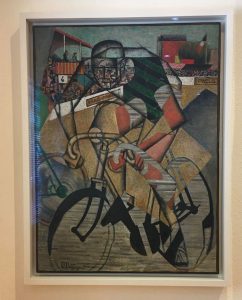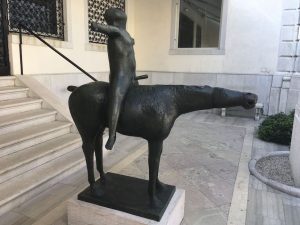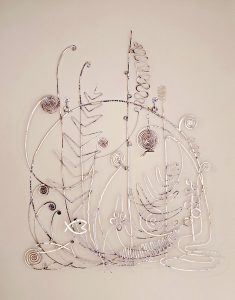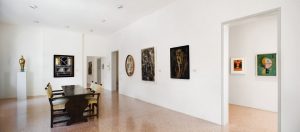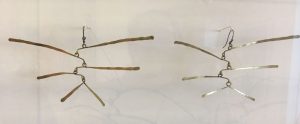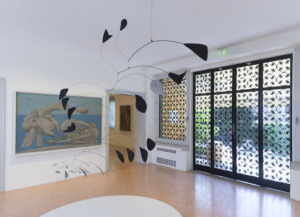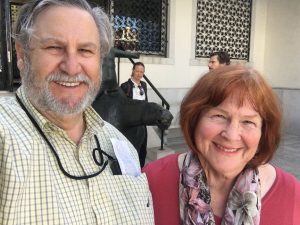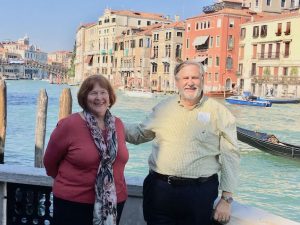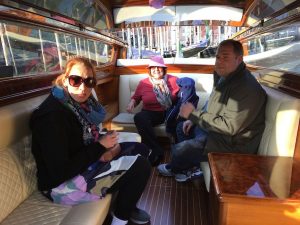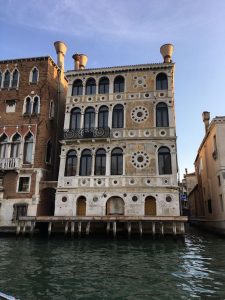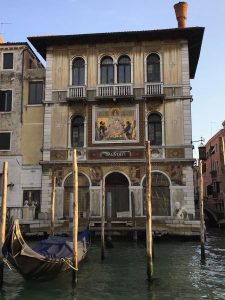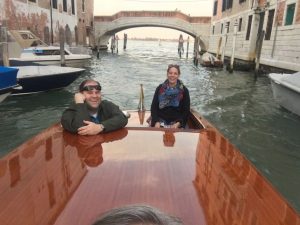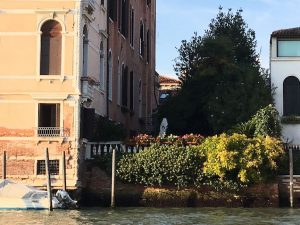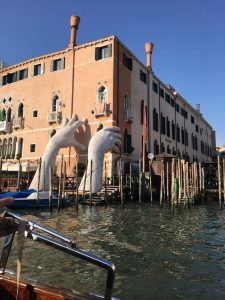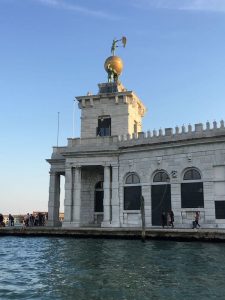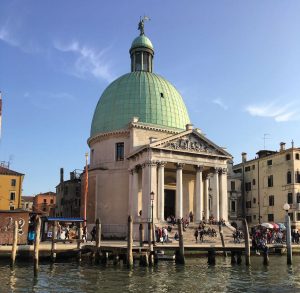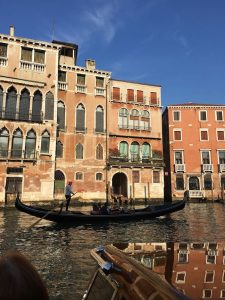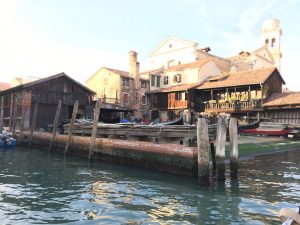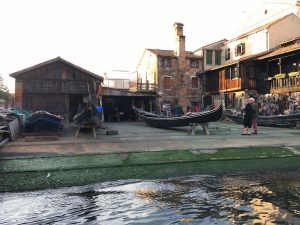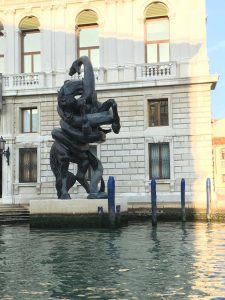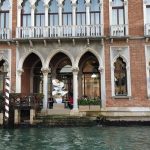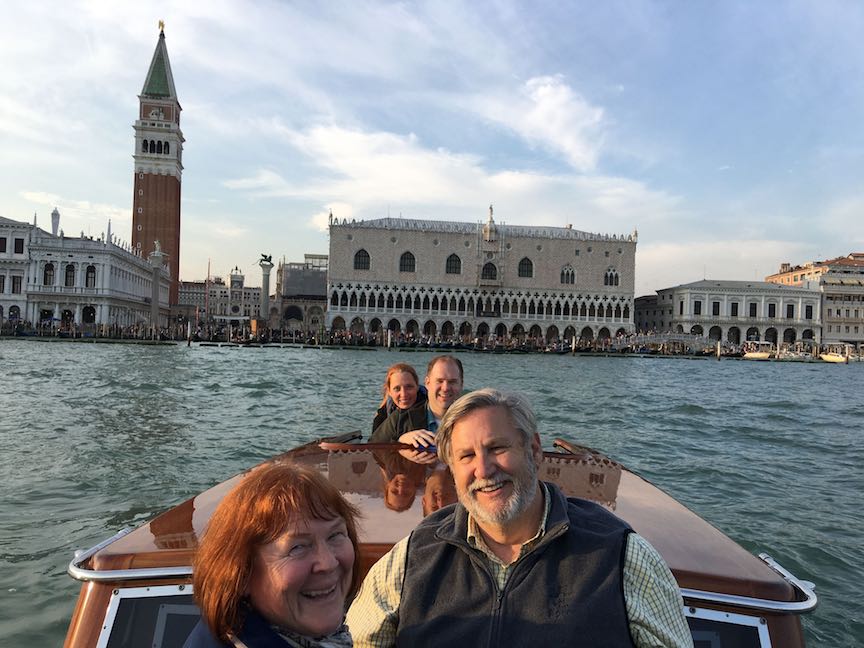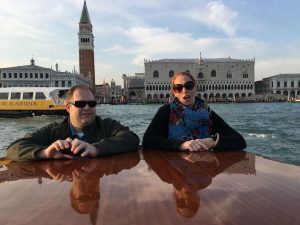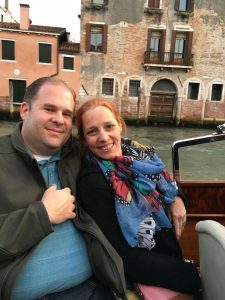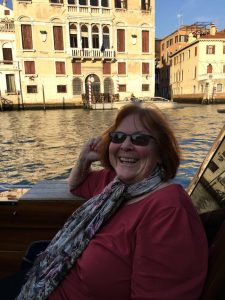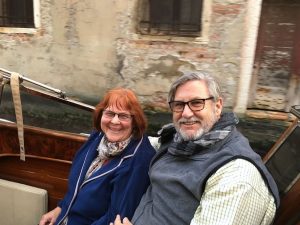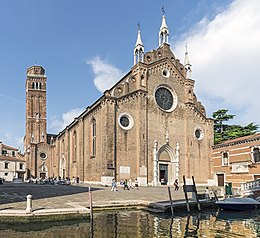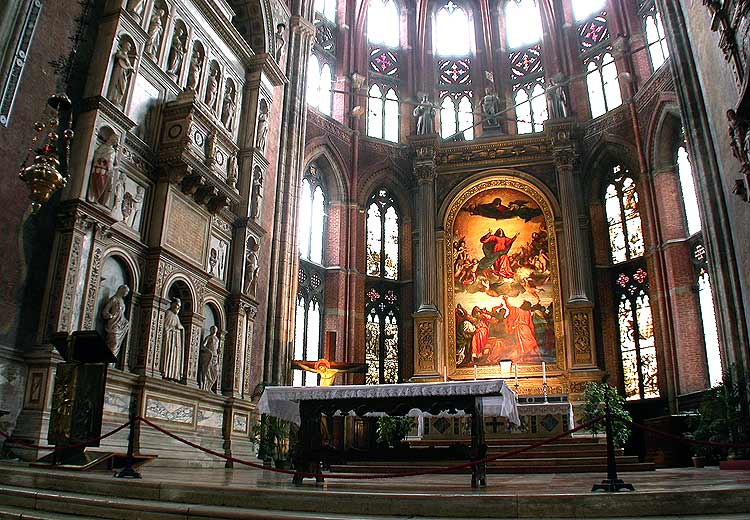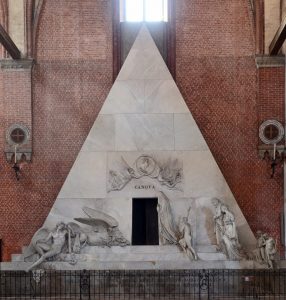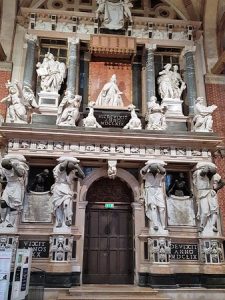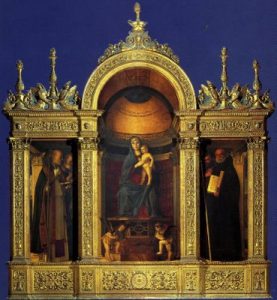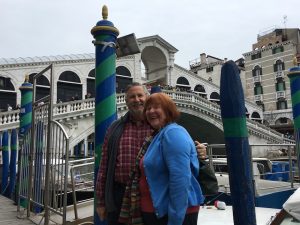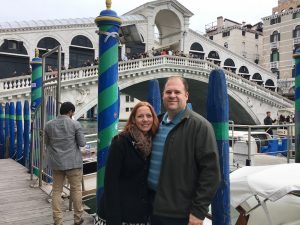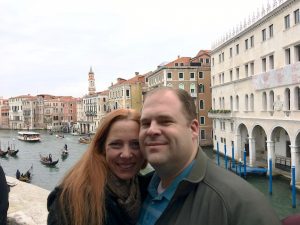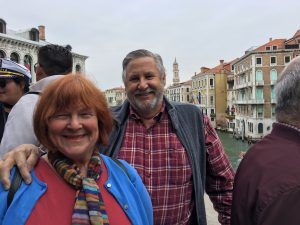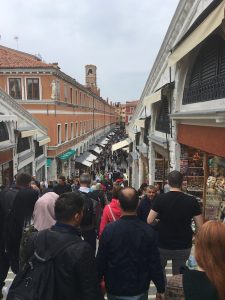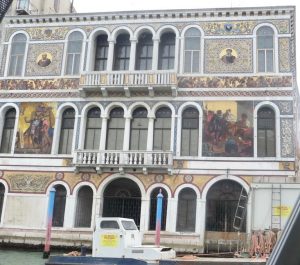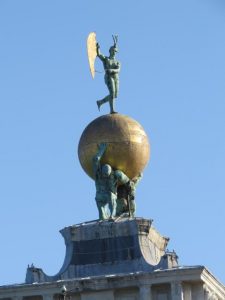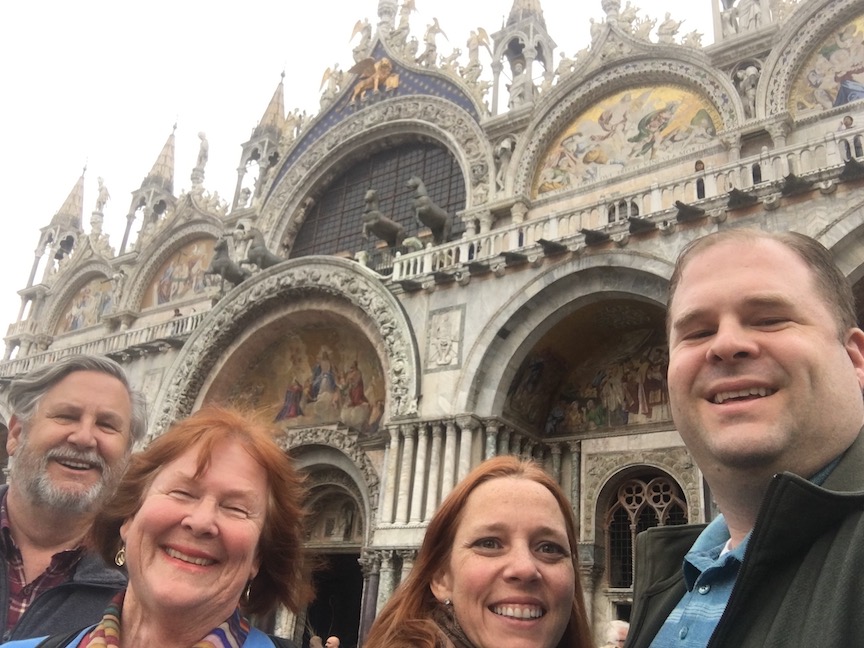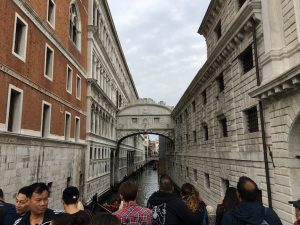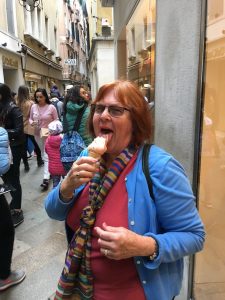The last couple of days haven’t had much to justify putting words together and posting on the blog – maybe we are getting tired of writing, I don’t know but today was different. Saturday’s goal museum, The Story of Bologna, failed to be worth the effort to find parking and access to Bologna Centro.
Our AgriTurismo is in the area where Balsamic Vinegar is made; well the area around Modena is the “hot spot” for this stuff. I was checking, this morning, about tours or places to visit and found a link to Giuseppe Giusti – the oldest producer in the world! A tour was available at 10:50 and we headed out arriving with plenty of time to sign up.
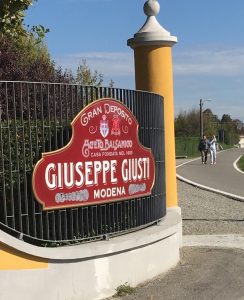
Giuseppe Giusti is the oldest balsamic vinegar produced by a company in the world having been founded in Modena in 1605 – still in the family after 17 generations!
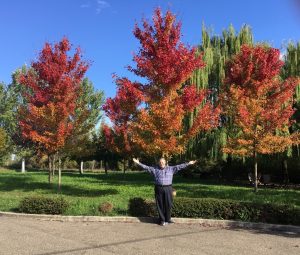
Now we have all tasted balsamic vinegar – used on salads, soaked bread with olive oil in it and in general, enjoyed the flavor. Most of the balsamic vinegars we have used are 2 to 3 months old – maybe even up to 2 years old. The stuff produced here starts at 6 years old and just gets older!

The process of making balsamic vinegar is a safely guarded family secret – but basically true balsamic vinegar is made from a reduction of pressed Trebbiano and or Lambrusco grapes. The resulting thick syrup is subsequently aged for a minimum of 12 years in a series of barrels of successively smaller sizes. This is very similar to the process of the making sherry with the cascading solera system of barrels. The barrels are made of different woods like acacia, chestnut, cherry, oak, mulberry, ash and juniper.
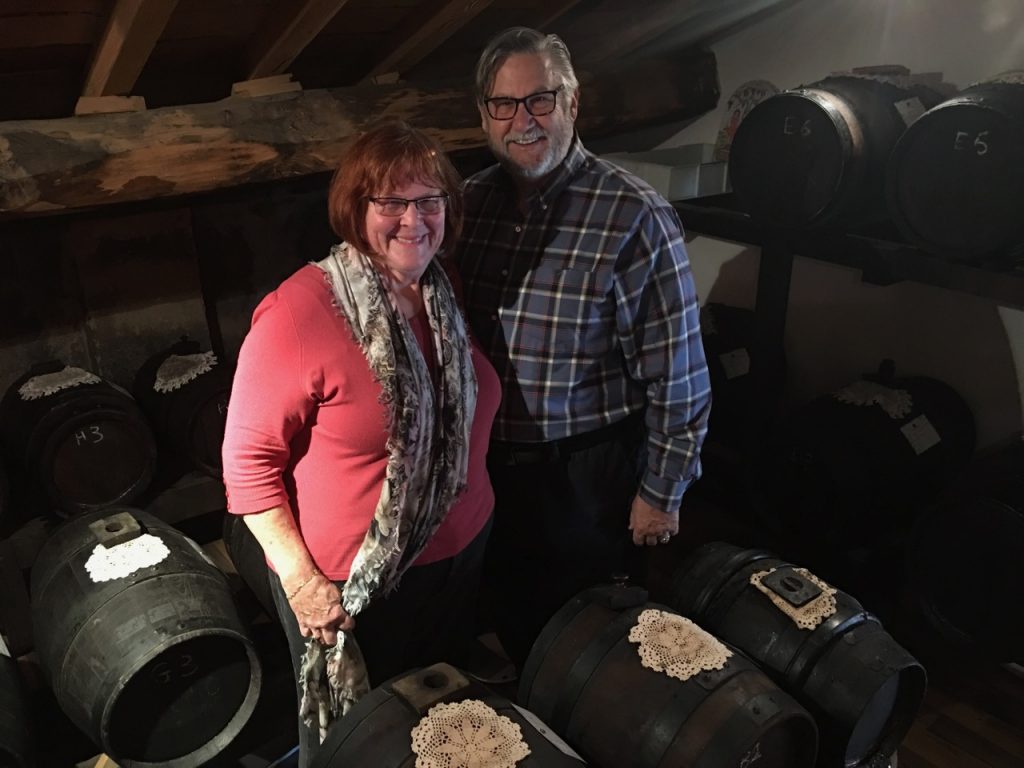
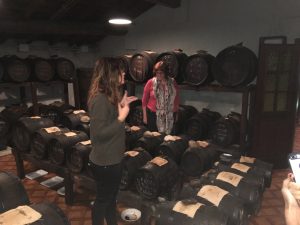
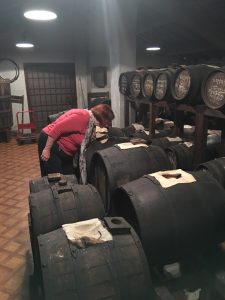
True balsamic vinegar is rich, glossy, and deep chestnut brown in color and has a complex flavor. Just as a side note here, the most expensive balsamic vinegar is made in the attic – where it gets HOT and allows the vinegar to evaporate out water and concentrates the ‘juice’.
The process of moving from a larger barrel to a smaller one is done in stages with each successive batch being introduced into the prior years in small portions. Again very much like the sherry solera system. This long aged balsamic vinegar isn’t anything like the stuff we get and use all the time. That is a similar process but made in very large barrels and aged for only a few months.
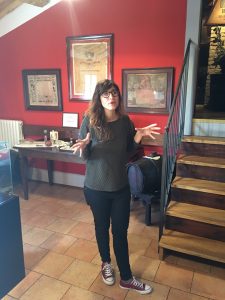
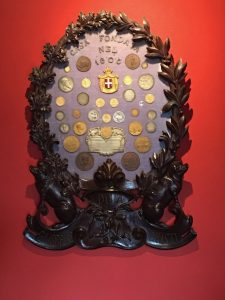

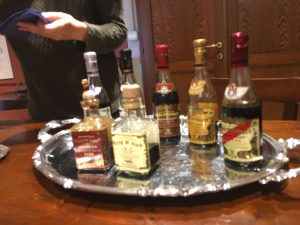
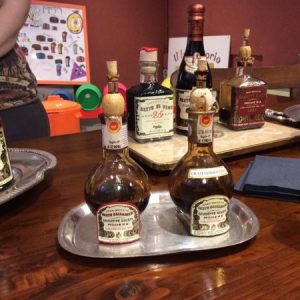
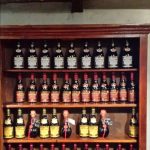
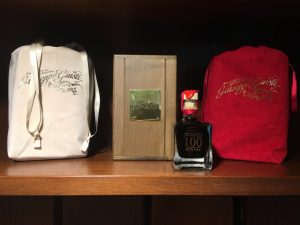
After learning about the process, and seeing all the various barrels, we ended up having a tasting. We tasting several different levels included both a 25 year old and a 100-year-old balsamic vinegar. As the balsamic vinegar gets older it gets much thicker – taking longer to even drip out of the bottle, as we tasted it. Needless to say there was also the opportunity to buy anything they produce. I’m so glad we don’t have the ability to use this right now, being on the road for the next several months, so we were able to keep from purchasing anything. However, when we get back and settled into a place where ‘cooking’ seems like we will need to do again I’m confident we will be looking for the older, aged balsamic vinegar for our eating enjoyment.
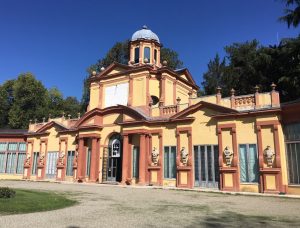
Modena Centro on a Sunday was a relaxing, stroll through the park, and nurse a glass of wine with focaccia snack, autumn afternoon. The Military School uniforms were a colorful addition to people watching.
